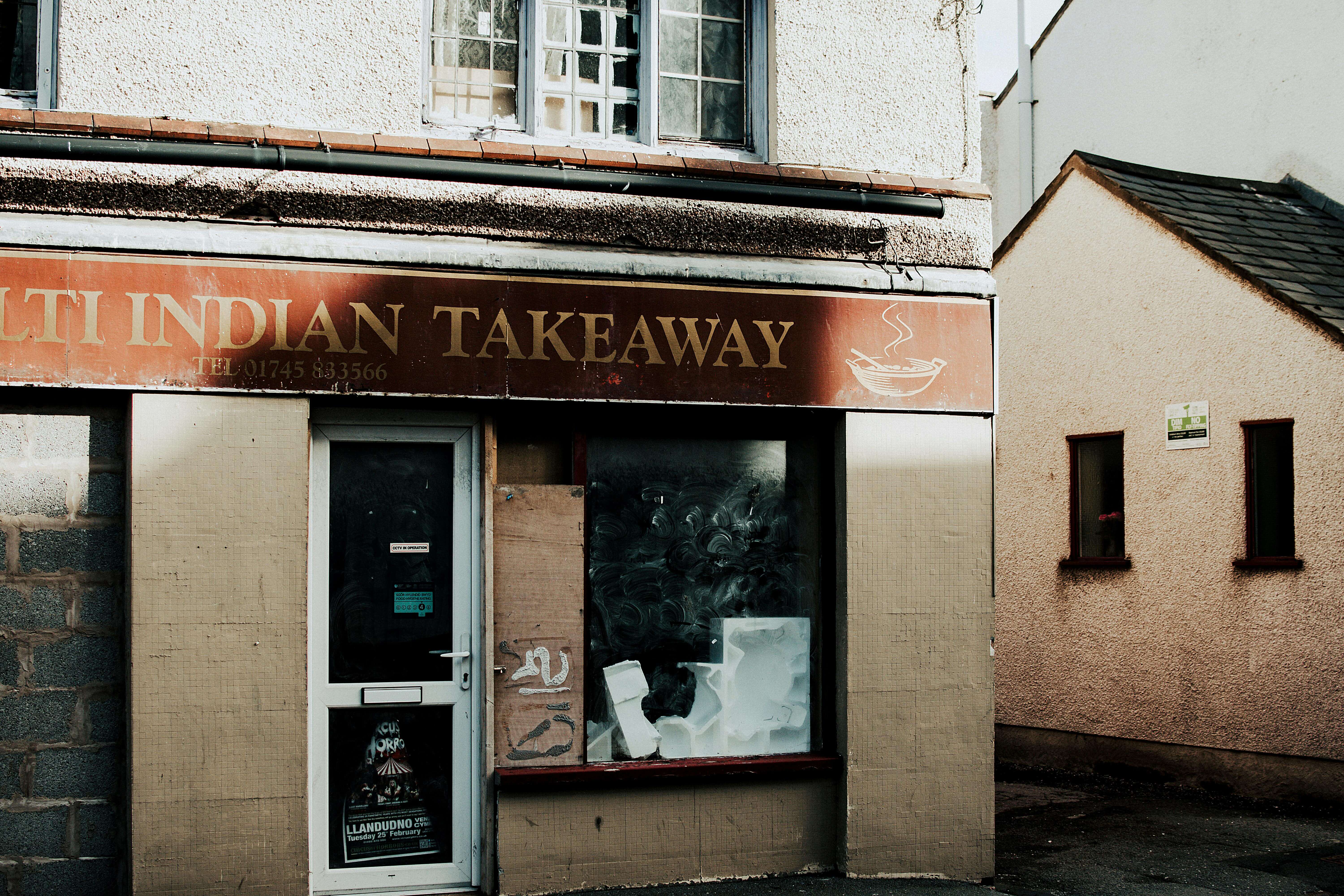If your company’s no longer viable, it’s important to understand your options—and the risks that come with them.
Liquidation and dissolution might sound similar, but they’re very different routes. One is a formal insolvency process that protects directors when debts can’t be paid. The other is an administrative step that only works if your company is solvent and debt-free.
Getting this wrong could lead to serious personal consequences.
What is dissolution?
Dissolution (also called “strike-off”) is the process of removing a company from the Companies House register. Once dissolved, the company ceases to exist. This method is designed for solvent companies. In other words, the business must be able to pay all its debts and obligations in full, when they’re due.
When is dissolution suitable?
Dissolution can be a good option if:
- the company has stopped trading
- it has no outstanding debts
- all assets have been distributed
- there are no ongoing legal actions, and
- directors have notified all interested parties
You apply to Companies House using a DS01 form and pay a small fee. If no objections are raised during the two-month notice period, the company is struck off.
What is liquidation?
Liquidation is a regulated insolvency process. It’s used when a company can’t afford to pay its debts and has no realistic prospect of recovery.
Liquidation involves appointing a licensed insolvency practitioner to wind up the company. They’ll deal with creditors, sell any remaining assets and ensure the company is closed down legally and fairly.
The main types of liquidation are:
Creditors’ Voluntary Liquidation (CVL): The most common route for insolvent companies. Directors start the process, but control passes to the insolvency practitioner.
Compulsory Liquidation: This is forced by the courts, often after a creditor issues a winding-up petition.
Members’ Voluntary Liquidation (MVL): A route for solvent companies that want to close in a tax-efficient way.
If your company has debts it can’t repay, dissolution is not an option. Attempting to dissolve an insolvent company without clearing debts or notifying creditors is likely to backfire.
Why you shouldn’t use dissolution for an insolvent company
Dissolution might seem quicker and cheaper than liquidation, but if your company owes money, trying to strike it off comes with risk. Here’s why:
Creditors can object. If you owe HMRC or other creditors, they can block the strike-off by filing an objection.
The company can be restored. Even if dissolution succeeds, creditors can apply to have the company reinstated to pursue unpaid debts.
You could face personal risk. Directors who knowingly try to dissolve a company with debts may be seen as trying to avoid liability or defraud creditors.
It won’t protect you. Dissolution doesn’t stop legal action, write off debt, or protect you from allegations of misconduct.
If your business is insolvent, liquidation is the legal, proper route to shut it down—and it can actually protect you if handled correctly.
What if your company has some debts, but they’re manageable?
Sometimes directors want to close a company that still has minor debts, like a final tax bill or a trade creditor. In this case, you might be tempted to just pay what you can and go for dissolution.
But it’s important to be absolutely sure:
- the company can repay all creditors in full
- you notify all creditors of the strike-off application, and
- there are no ongoing disputes or enforcement actions
Even a small unpaid debt could cause a dissolution to be challenged. If in doubt, speak to a licensed insolvency practitioner before applying.
What are the risks of getting it wrong?
Trying to dissolve an insolvent company—or applying without notifying creditors—can lead to serious consequences, including:
- Director disqualification for up to 15 years
- Personal liability for company debts
- Fines or prosecution for fraud or misconduct
- Restoration of the company and forced liquidation
These outcomes are avoidable if you follow the right process and act within your legal duties as a director.
How liquidation protects you
If your company can’t pay its debts and recovery isn’t viable, liquidation may feel like failure. But it can actually be the most responsible and protective step you can take.
For example, through a Creditors’ Voluntary Liquidation (CVL):
- you get a clean break from the company and its debts
- control is handed to a licensed insolvency practitioner
- remaining assets are used to repay creditors as fairly as possible
- unsecured debts—including Bounce Back Loans—could be written off, and
- you reduce the risk of being pursued personally for company debt
It’s also possible to use a Start Afresh Liquidation with a new company, provided you use a reputable insolvency practitioner who’s able to follow the strict rules surrounding the process.
Can you switch from dissolution to liquidation?
Yes. If you’ve already applied for strike-off but realise your company is insolvent, you can (and should) withdraw the application. From there, a CVL can be initiated to formally close the company in line with insolvency law.
A summary of liquidation vs dissolution

Not sure what’s best for your company?
If you’re unsure whether your company is solvent, insolvent or somewhere in between, don’t guess. We’ll help you:
- Assess your company’s true financial position
- Understand your personal exposure as a director
- Choose the right way to close your company, safely and legally
Our licensed insolvency practitioners deal with this every day. Whether liquidation or dissolution is right for you, we’ll give you clear, honest advice and support from start to finish.
Ready to take the next step?
Don’t risk a costly mistake. If your company has debts, or if you’re just not sure, get in touch for free, confidential advice today. We’ll help you close your company the right way and protect your future.




